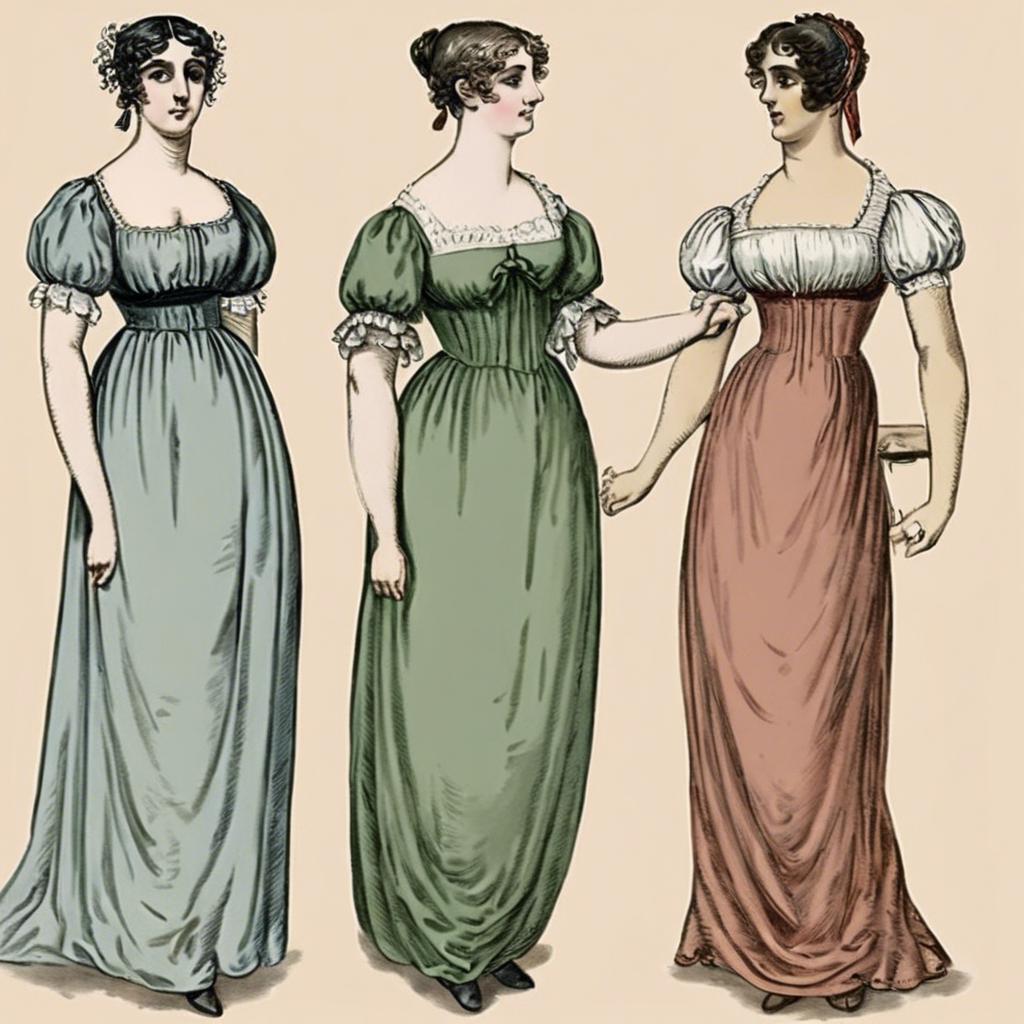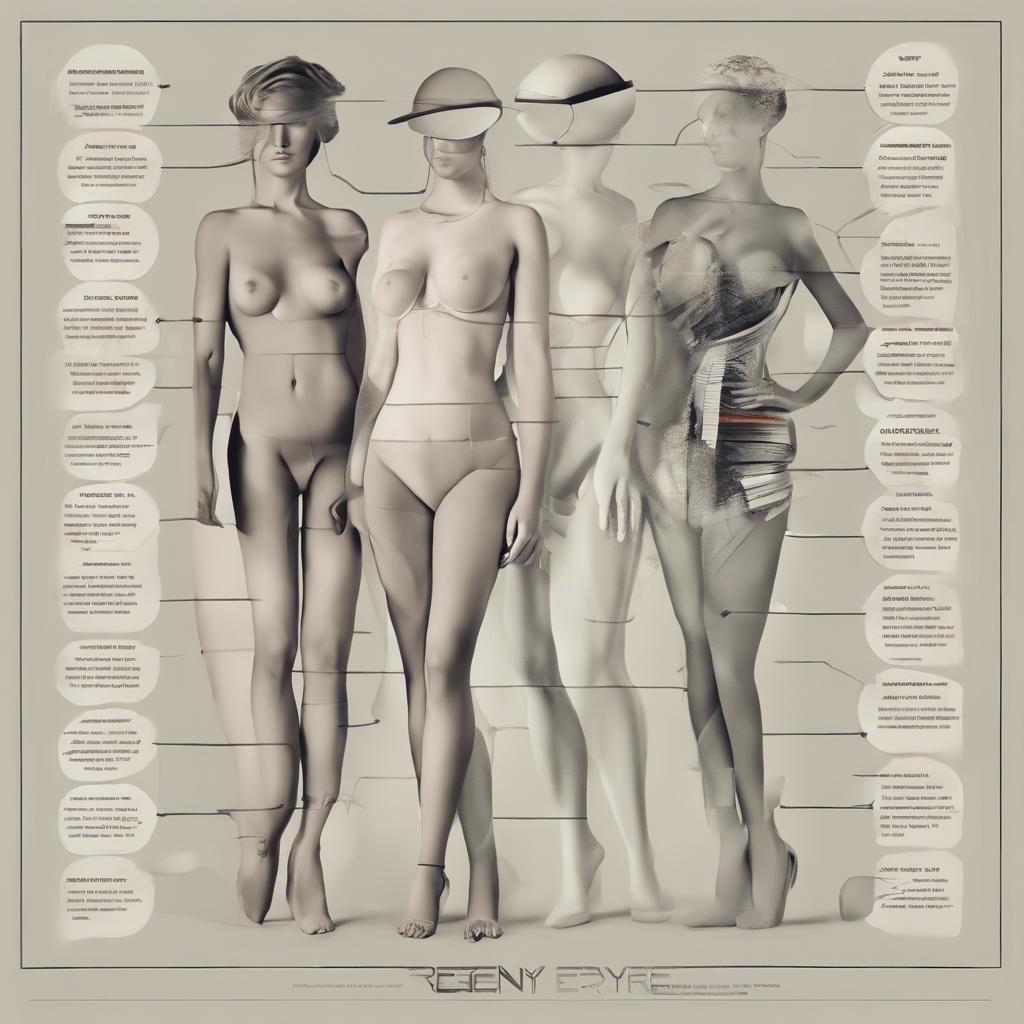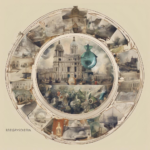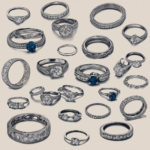During the Regency Era, the ideal body type for women was vastly different from today’s standards. In this article, we will explore the cultural expectations and historical influences that shaped the Regency Era body type and how it continues to impact our ideals of beauty today. By delving into the societal norms, fashion trends, and health practices of this era, we can gain a deeper understanding of the complex relationship between body image and historical context.
Step Into the World of Cheryl Bolen
Dive into the enchanting stories of love, intrigue, and elegance set in the Regency Era. Cheryl Bolen's novels offer timeless romance and captivating tales that will leave you wanting more.
Explore Cheryl Bolen's Books Now
Understanding the Ideal Regency Era Body Type
In the Regency Era, the ideal body type for women was quite different from modern standards. The preferred silhouette was characterized by a slender, straight figure with an emphasis on a small, high bust line and delicate, dainty features. Women of this time aimed to achieve a graceful and elegant appearance that reflected the societal norms and fashion trends of the era.
The desired Regency Era body type was often achieved through a combination of fashion, beauty practices, and lifestyle choices. Corsets were commonly worn to mold the body into the desired shape, creating a slim waist and emphasizing the natural curves of the bust and hips. Additionally, women followed strict diets and participated in gentle forms of exercise to maintain their figure and uphold the ideal standards of beauty.
Despite the pressure to conform to a specific body type, it’s essential to remember that beauty ideals have evolved over time, and every era has its own standards of attractiveness. By understanding the cultural context of the Regency Era body type, we can appreciate the diversity of beauty standards throughout history and recognize the importance of embracing our unique and individual appearances. Embracing the diversity of beauty standards throughout history allows us to celebrate the beauty of all body types, past and present.
Body Standards and Expectations During the Regency Era
In the Regency Era, body standards and expectations were much different than they are today. During this time period, a woman’s ideal body type was considered to be delicate, slim, and graceful. The emphasis was on a slender waist, small bust, and delicate features. Women were expected to have a soft, feminine look, with a focus on elegance and refinement.
Corsets were commonly worn to achieve the desired silhouette, with an emphasis on creating a tiny waist. Women would also wear high-waisted gowns and regency era fit”>empire-style dresses to accentuate their slim figures. The ideal body type was often portrayed in artwork and literature of the time, reflecting the societal expectations of beauty and femininity.
While the standards of beauty may have been different during the Regency Era, it is important to remember that beauty ideals have evolved over time. Today, we celebrate diverse body types and embrace beauty in all its forms. It is fascinating to look back at historical standards and see how they have changed, but ultimately, beauty is subjective and unique to each individual.
Factors Influencing Regency Era Body Shapes
During the Regency Era, body shapes were greatly influenced by various factors that defined the ideal silhouette for both men and women. One of the key influences on body shapes during this period was the fashion trends of the time. Women’s fashion emphasized a high waistline, often right under the bust, creating a slender and elongated figure. This style was achieved through the use of corsets and empire-waisted gowns made from light and flowing fabrics.
Another factor that played a significant role in shaping body types during the Regency Era was societal norms and expectations. Women were expected to maintain a delicate and graceful appearance, with a focus on portraying a sense of fragility and femininity. This ideal body shape was achieved through strict etiquette and behavior, as well as adherence to beauty standards of the time.
Furthermore, diet and exercise also played a role in shaping body types during the Regency Era. While dieting as we know it today did not exist, women followed strict meal plans and dietary restrictions to maintain a slim and elegant figure. Additionally, exercises such as dancing and walking were popular forms of physical activity that helped women achieve the desired body shape. a combination of fashion, societal norms, and lifestyle choices all contributed to influencing Regency Era body shapes.
Tips for Achieving a Regency Era-Inspired Body Type
As we strive to embody the elegance and grace of the Regency era, it is important to understand the ideal body type of that time period. Regency fashion emphasized a slender, delicate silhouette with a natural waistline and soft, flowing lines. To achieve this desired look, consider the following tips:
Dress Silhouette: Choose gowns and dresses that feature empire waists, high necklines, and puffed sleeves to create a romantic and ethereal appearance reminiscent of the Regency era.
Posture and Movement: Practice good posture by standing tall with your shoulders back and chin lifted. Additionally, incorporate gentle exercises such as walking, dancing, or practicing yoga to maintain a graceful and fluid movement that was characteristic of the Regency period.
The Way Forward
the Regency era body type was characterized by a slender and graceful silhouette, influenced by the ideals of beauty and fashion of the time. The emphasis on natural grace and elegance in the Regency era has left a lasting impact on our perception of beauty and style. By understanding the historical context of body ideals during this period, we can gain a deeper appreciation for the cultural norms and societal expectations that shaped the way people presented themselves. As we continue to explore the diverse and ever-evolving standards of beauty throughout history, let us remember the timeless allure and sophistication of the Regency era body type.


